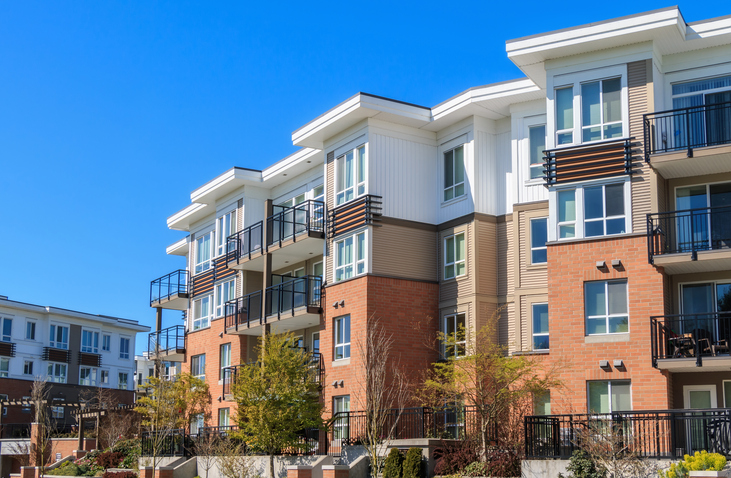CGL Fire Damage Legal Liability Coverage vs. the CP 00 40 Legal Liability Coverage Form
A commercial prospect rents space at a warehouse and his current agent tells him that the fire damage legal liability coverage on his CGL policy covers him there. The prospective agent believes that the CP 00 40 Legal Liability Coverage Form is superior. Who is right…or are both wrong?
|
CGLFire Legal Exclusions c. through n. do not apply to damage by fire to premises while rented to you or temporarily occupied by you with permission of the owner. A separate limit of insurance applies to this coverage as described in Section III – Limits Of Insurance. Example“…that portion of the contract for a lease ofpremises that indemnifies any person or organization for damage by fire topremises while rented to you or temporarily occupied by you with permission ofthe owner.”
Paragraphs(1), (3), and (4) of this exclusion do not apply to”property damage” (other than damage by fire) to premises, including the contents of such premises, rented to you for a period of 7 or fewer consecutive days. A separate limit of insurance applies to Damage To PremisesRented To You as described in Section III – Limits Of Insurance. Example Limits of Insurance.
LegalLiability Coverage Form (CP 00 40)
Which is better: CGL or Legal Liability Coverage Form? Alternatives Last Updated: May 20, 2016
|
Copyright © 2025, Big “I” Virtual University. All rights reserved. No part of this material may be used or reproduced in any manner without the prior written permission from Big “I” Virtual University. For further information, contact nancy.germond@iiaba.net.









